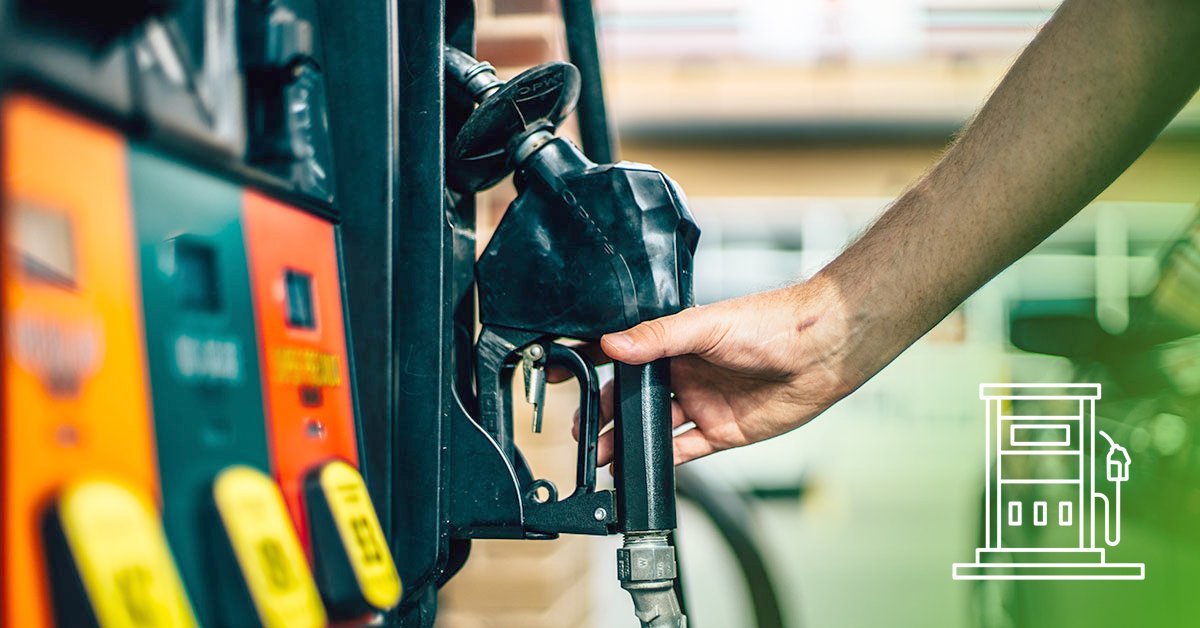How to Know What Type of Gas Your Car Needs
Premium, unleaded, mid-grade….what’s the difference? Well, what gas you use can make a huge difference for your car — when you use the right gas for your vehicle, your car has improved performance, potentially lower emissions, and a healthier engine. In this blog we’re explaining the types of gasoline available and how to know which type your car needs, so you’ll never be confused at the gas pump again.
Gasoline Types
The thing that makes one type of gasoline different from another is its octane rating. The octane rating measures fuel stability, or the fuel’s ability to withstand compression in an engine without combusting spontaneously. This is often described as the fuel’s resistance to “knock.”
When gasoline’s octane rating is higher, it’s less likely to cause knocking. In general, high-performance engines should use higher octane fuel. There are three main types of gasoline, each with its own octane rating:
Regular Unleaded (87 Octane)
This is the most widely available and affordable gas type. It's great for everyday cars with standard engines, and as long as your owner's manual doesn't specify a higher octane rating, it’s a safe choice.
Mid-Grade (89-91 Octane)
You may see this type referred to as "plus" or "mid-octane" gasoline. This option is exactly what it sounds like — right in the middle! It provides a balance between performance and cost. Some vehicles with more advanced engines may benefit from this fuel.
Premium (91+ Octane)
For high-performance and luxury vehicles, premium gasoline is the way to go. These types of cars have engines with a high compression ratio or turbochargers, which require premium fuel to prevent knocking and maximize power.
Finding the Right Fuel for Your Car
Here are a few ways to find determine your car’s fuel requirements:
Check the Owner's Manual
You can probably find your owner’s manual online (we know that bulky manual you got years ago may be long gone), and it should specify the recommended octane rating for your car. It may even note the minimum octane rating you should use. If it doesn’t specify, then regular unleaded is a safe bet.
Look for the Fuel Door Sticker
Though, you may not have to track down a manual at all — many cars have a fuel sticker on the gas tank door that indicates the recommended octane rating. Easy peasy.
Listen to Your Engine
If you hear knocking or pinging noises while driving, it could be a sign that you're using the wrong fuel. Switch to the recommended octane rating noted in your manual and on your fuel sticker if you’re hearing noises. If that doesn’t fix the issue, head to your local auto shop to get your engine checked out.
Feeding your car the right fuel matters. We hope this information was beneficial, and if you need any more assistance with your car be sure to contact us at Auto Correct. Our technicians are ready to help you!

